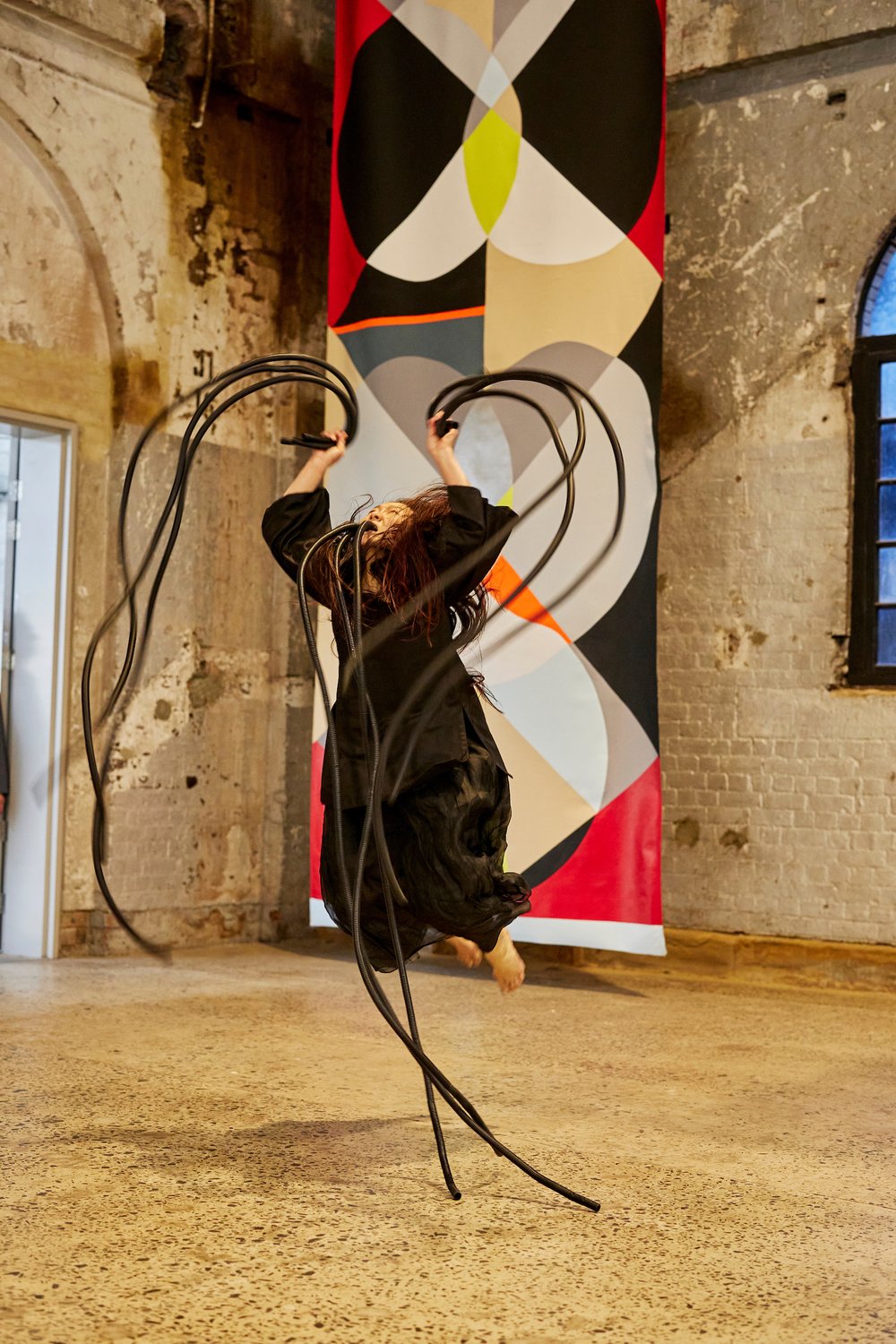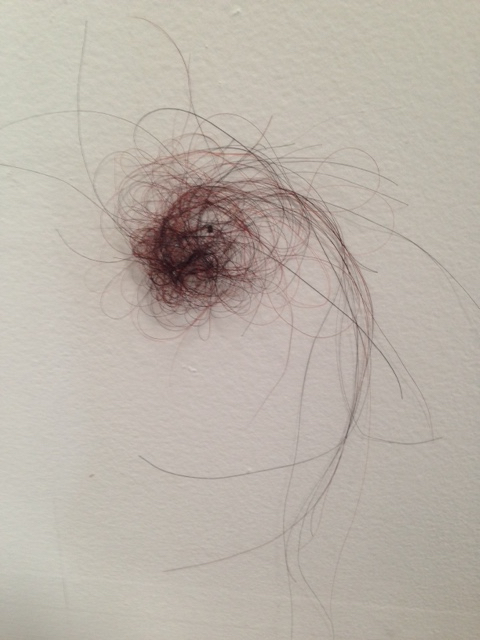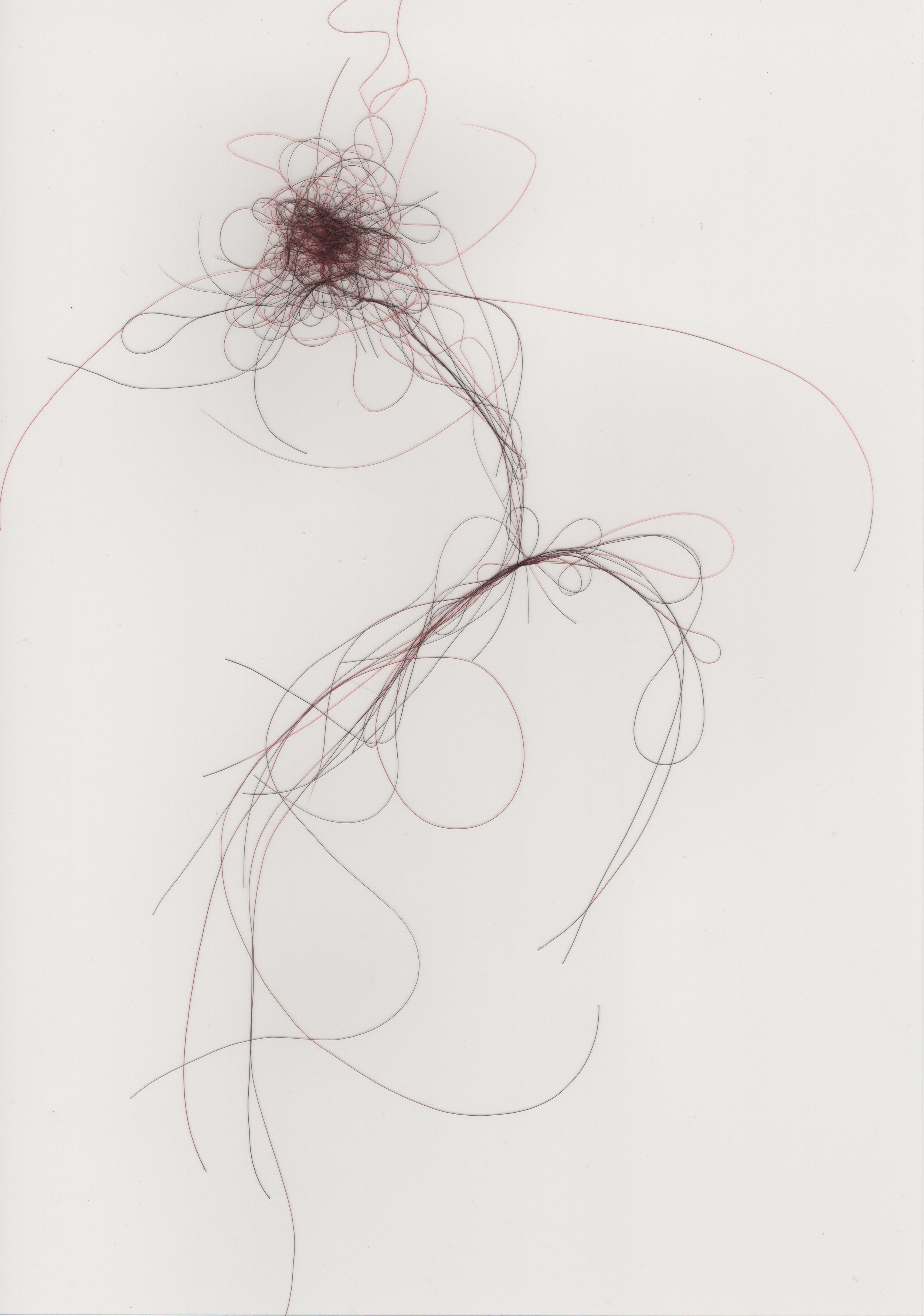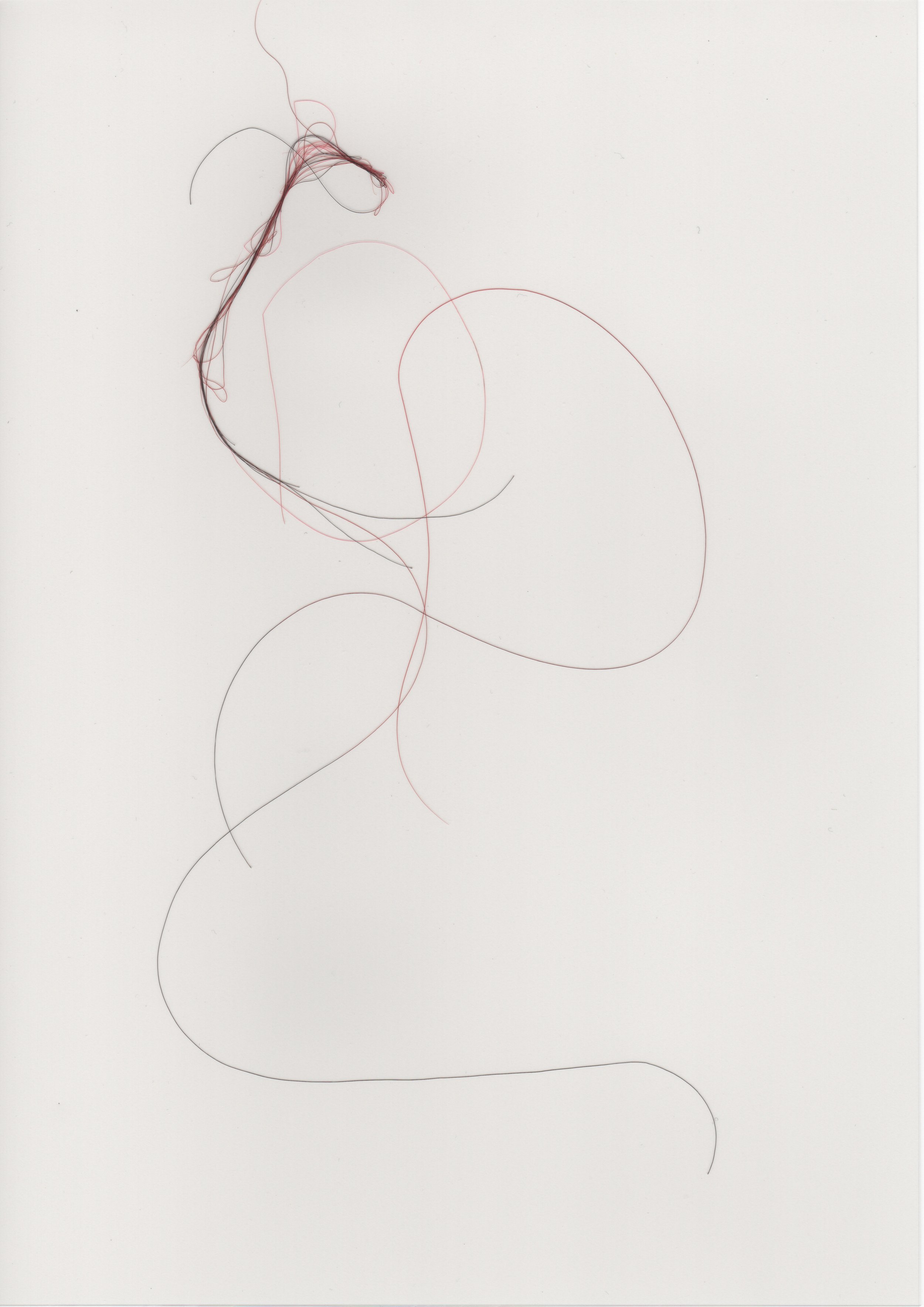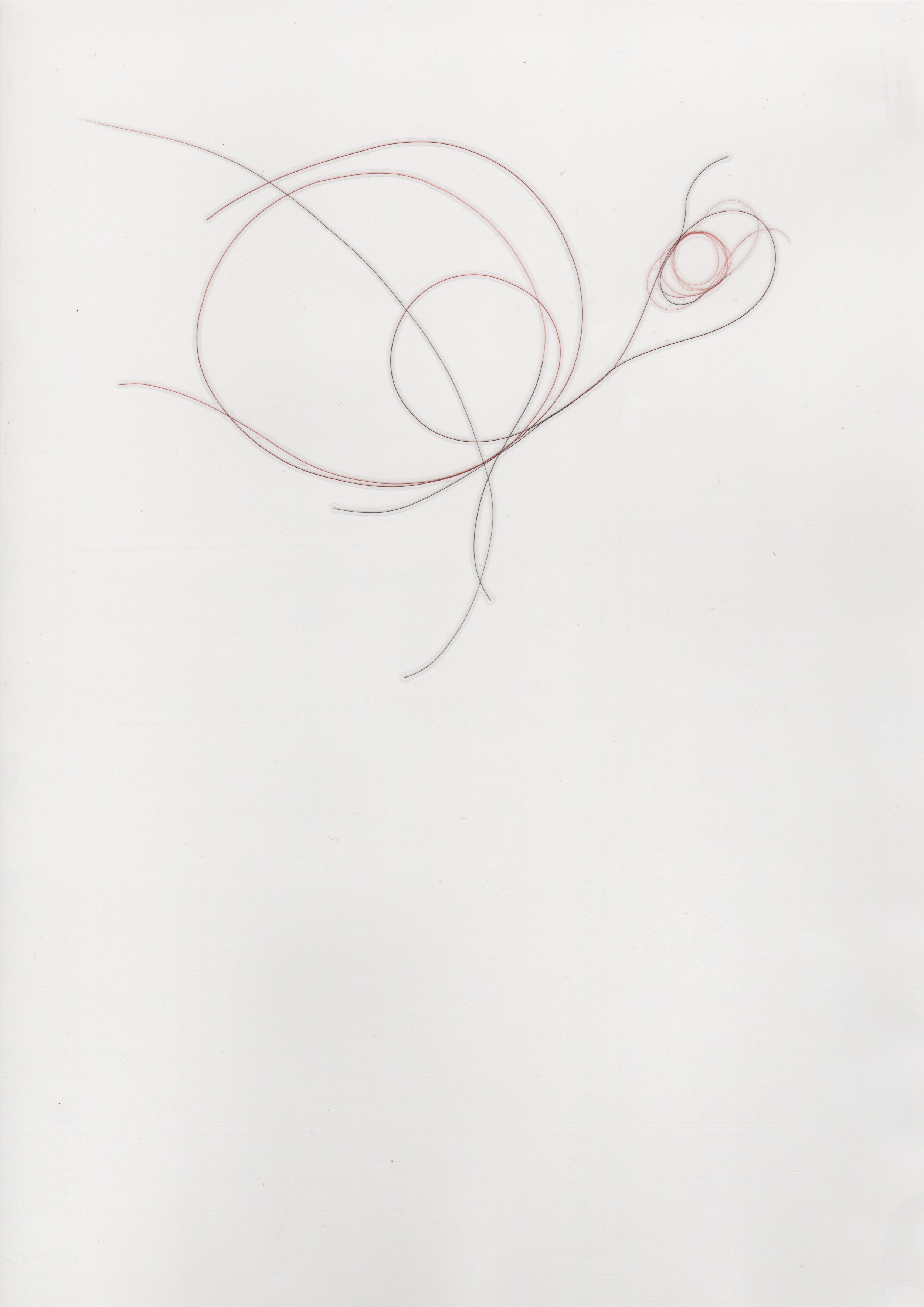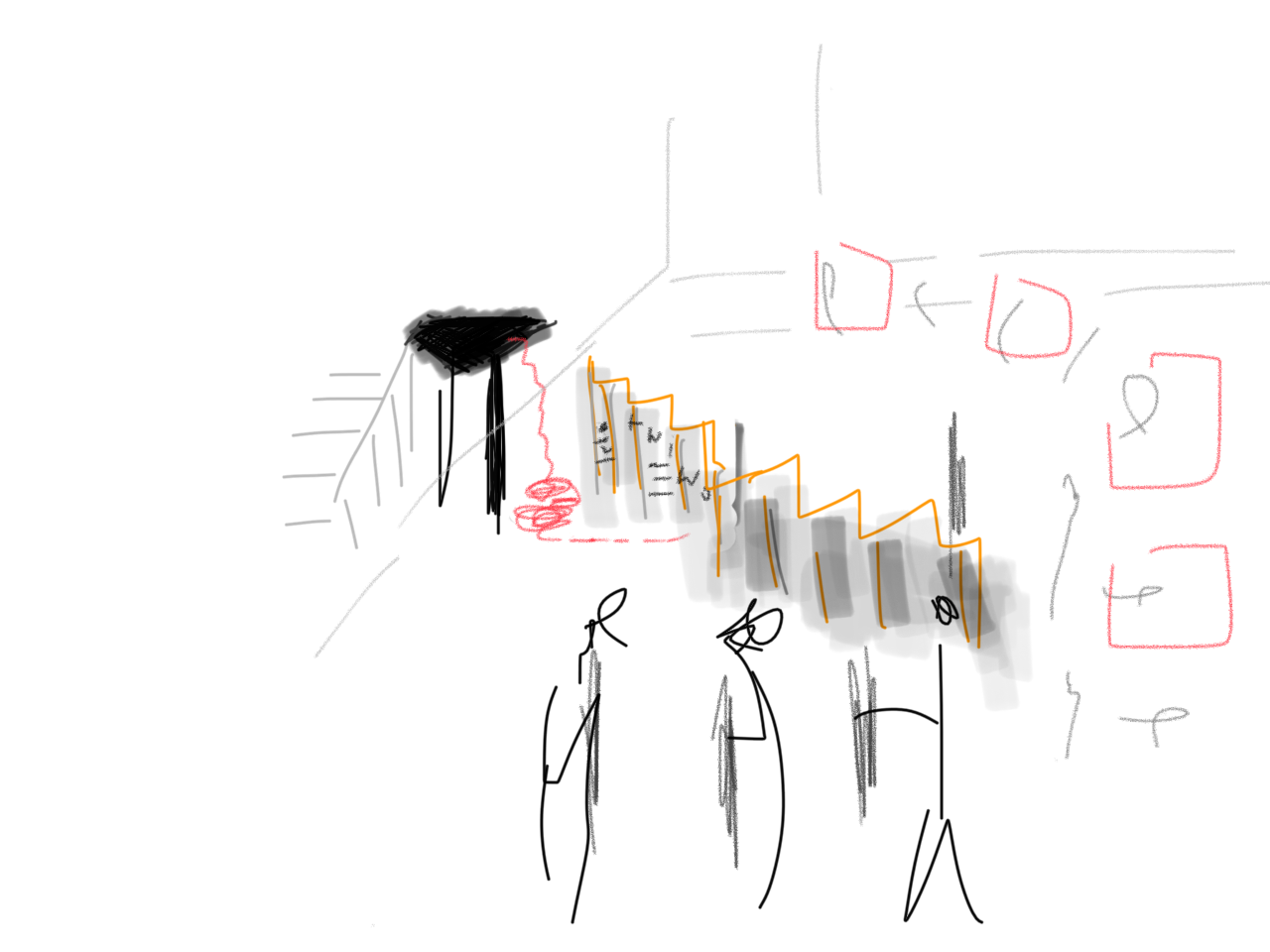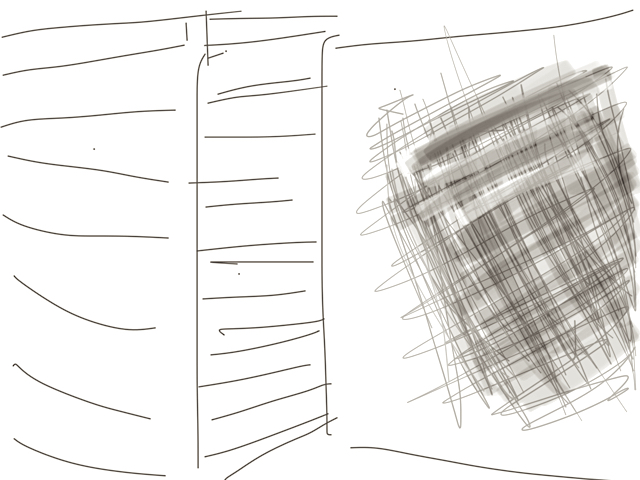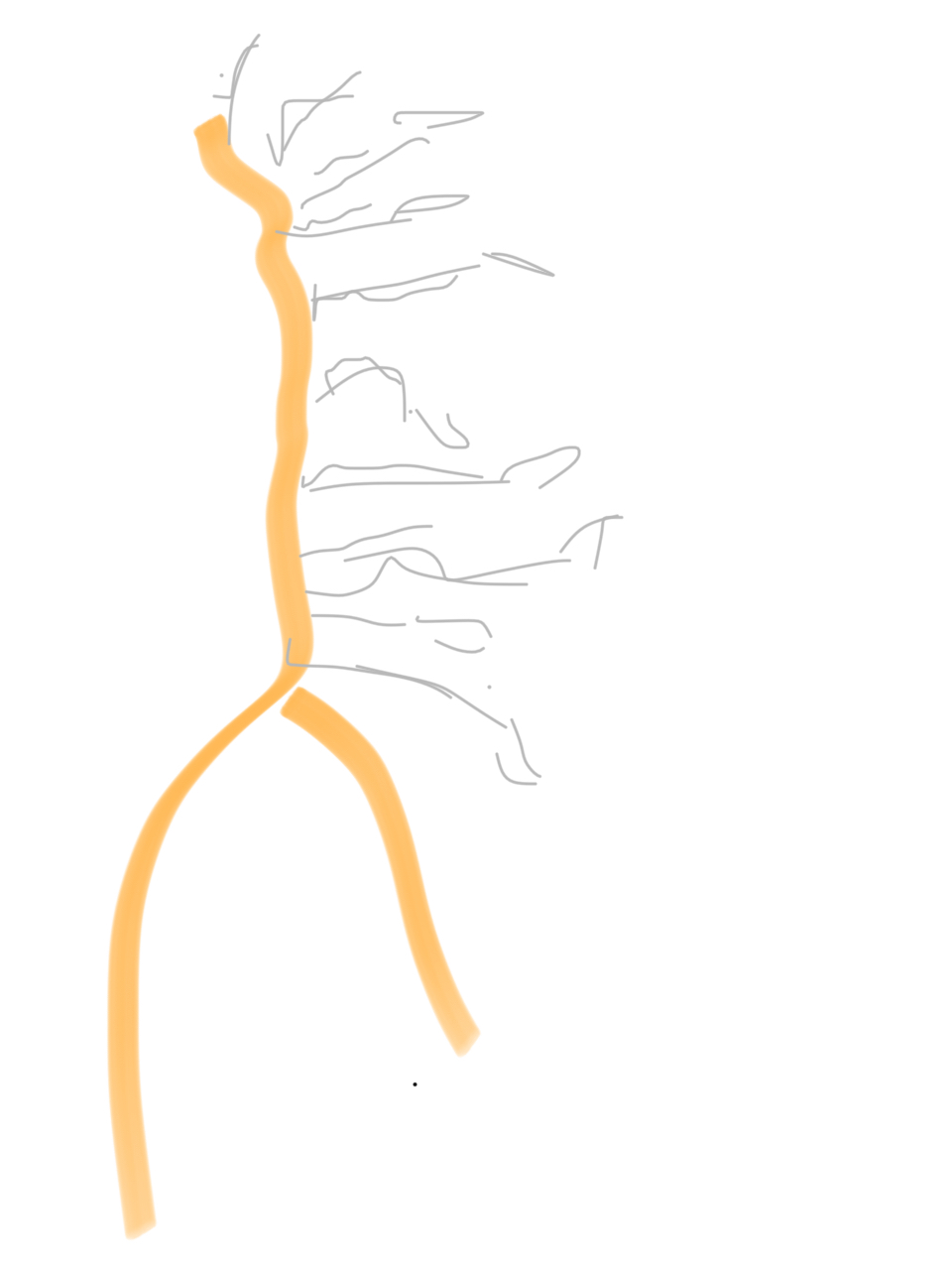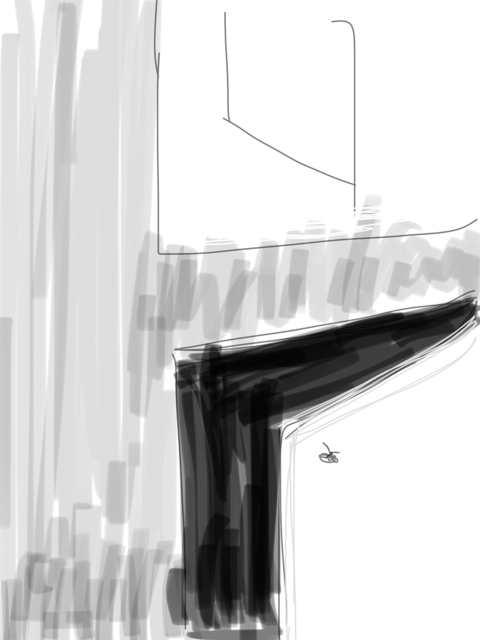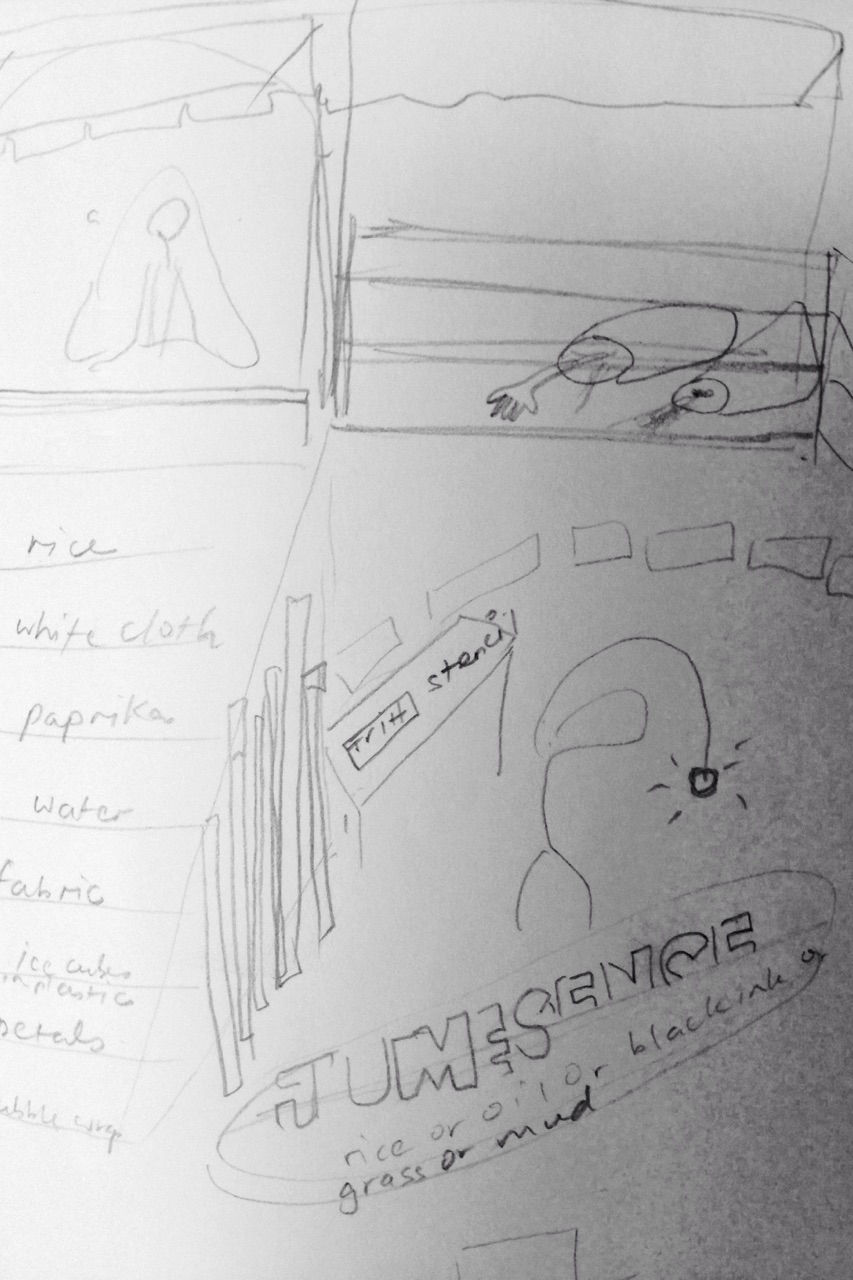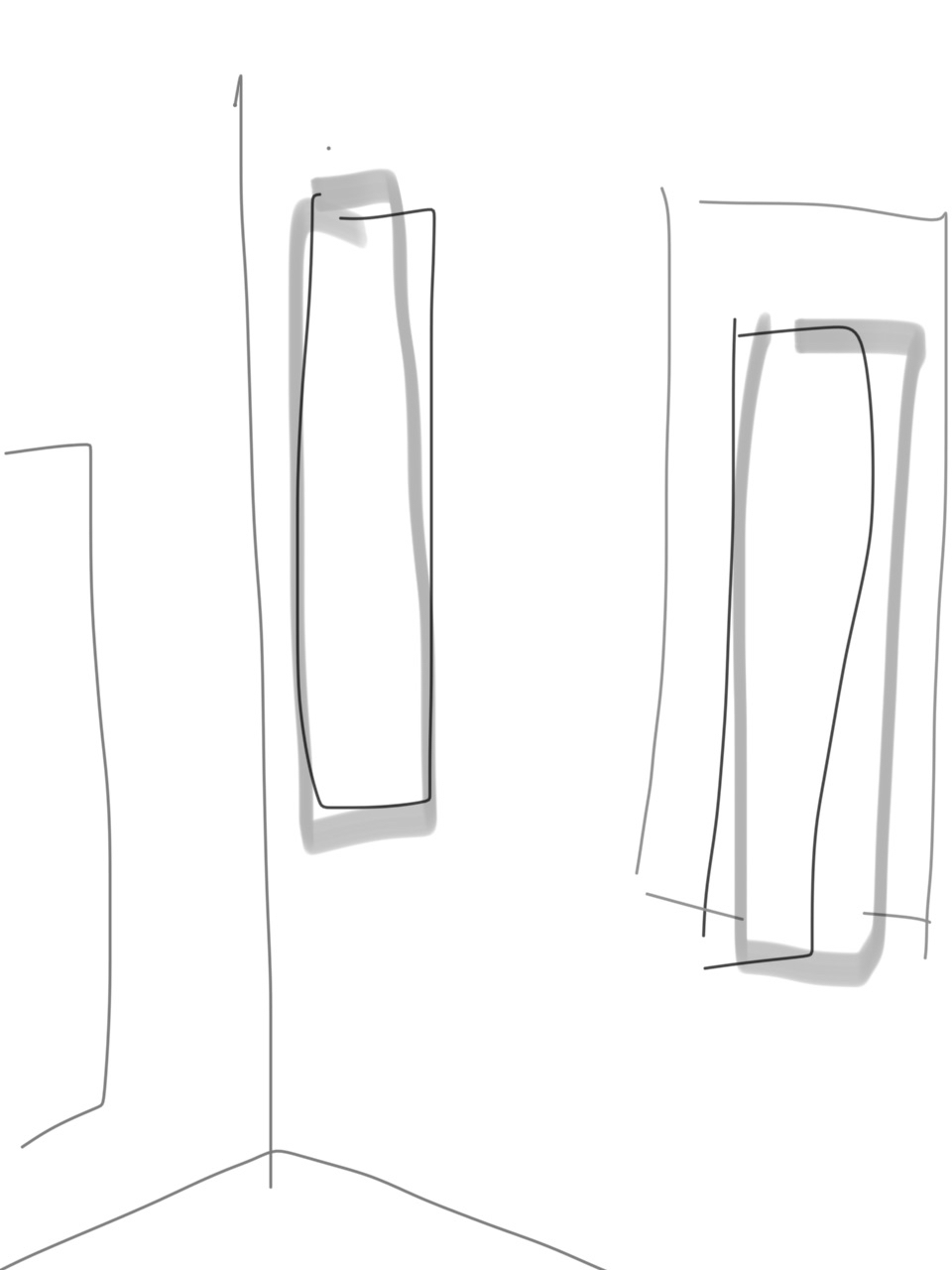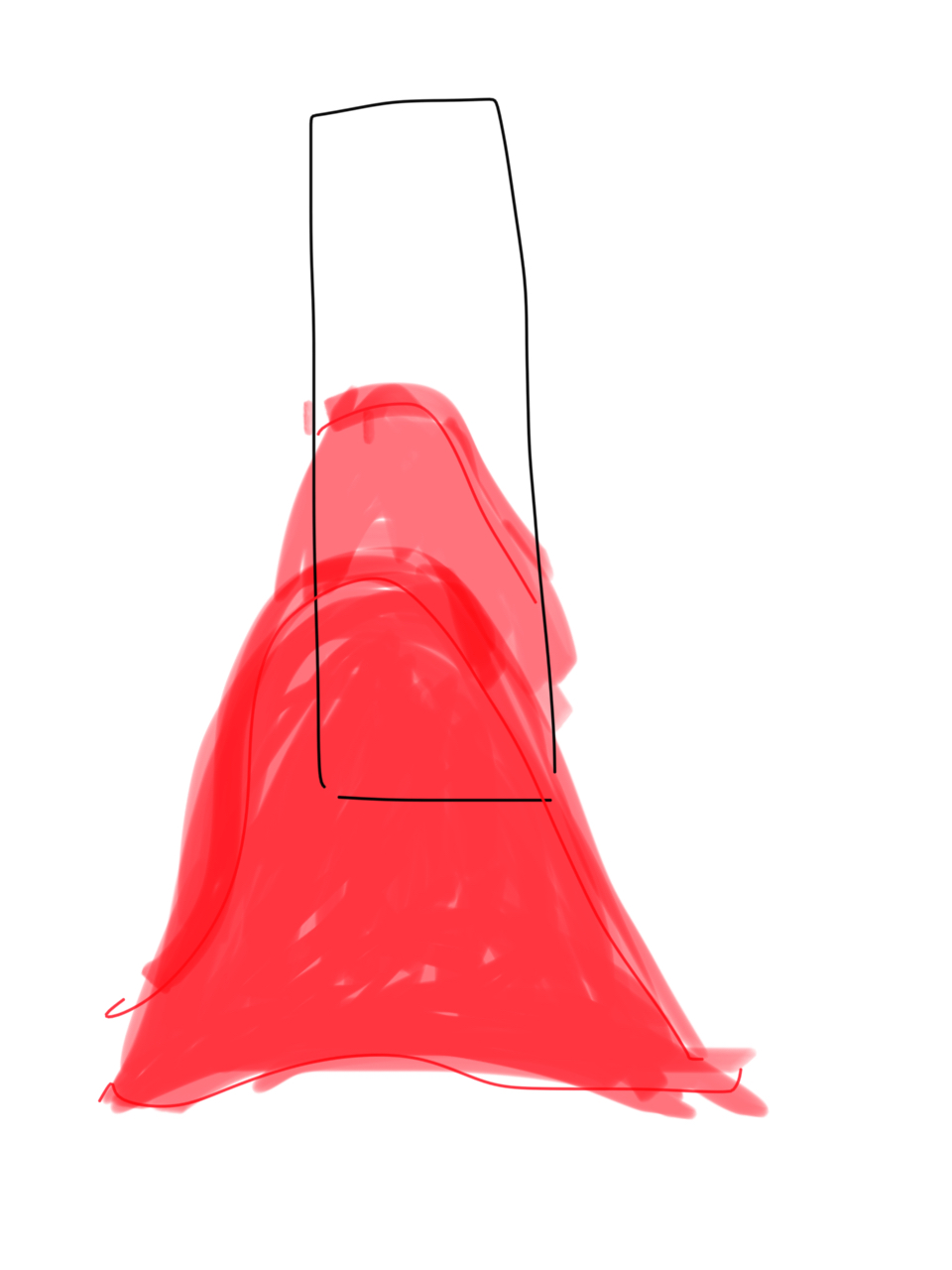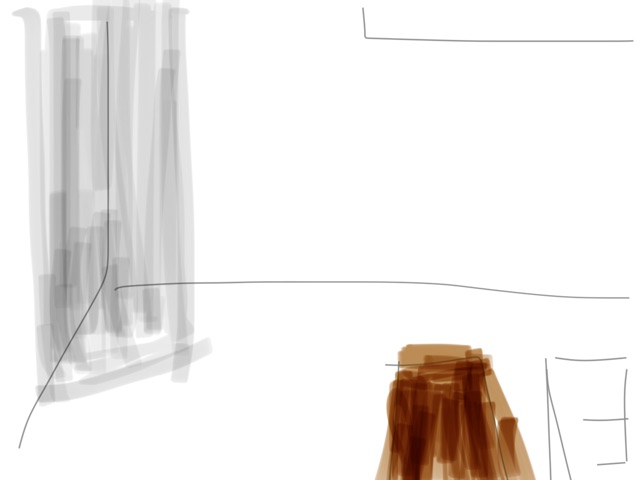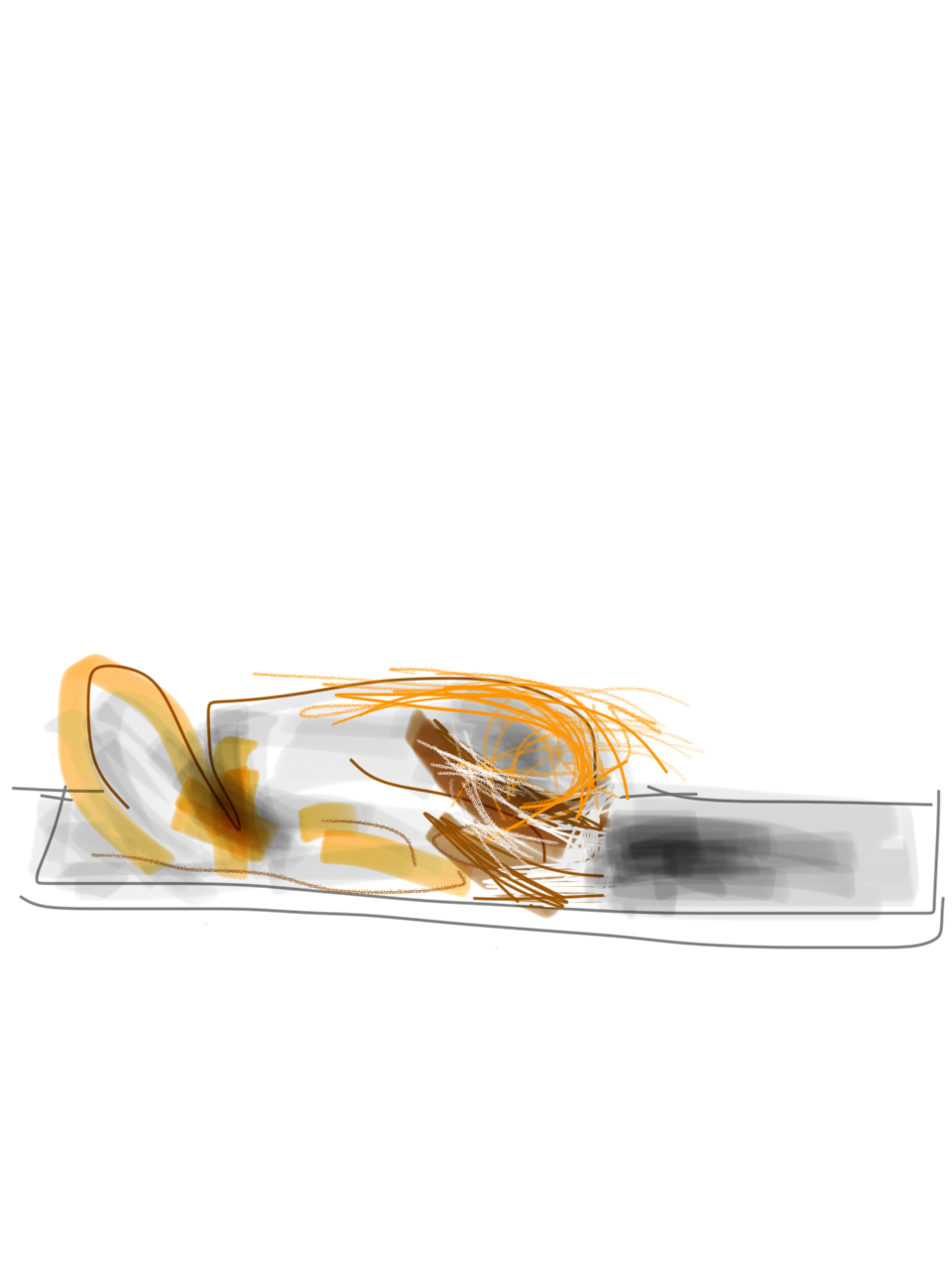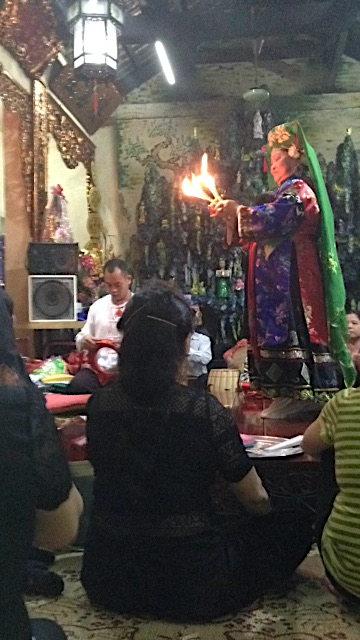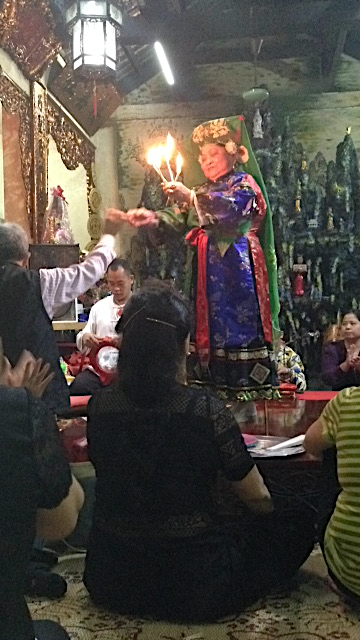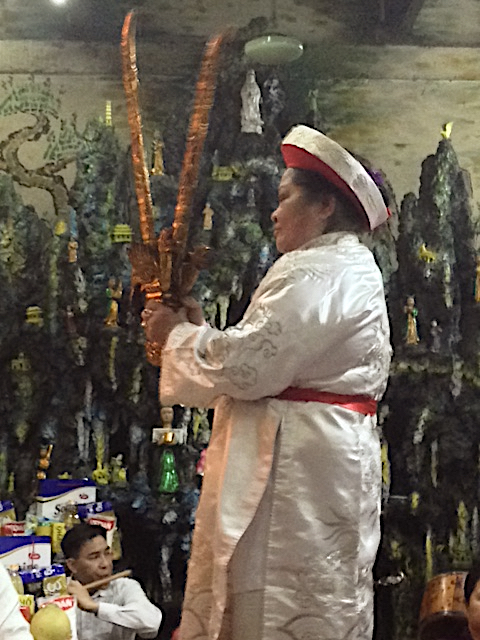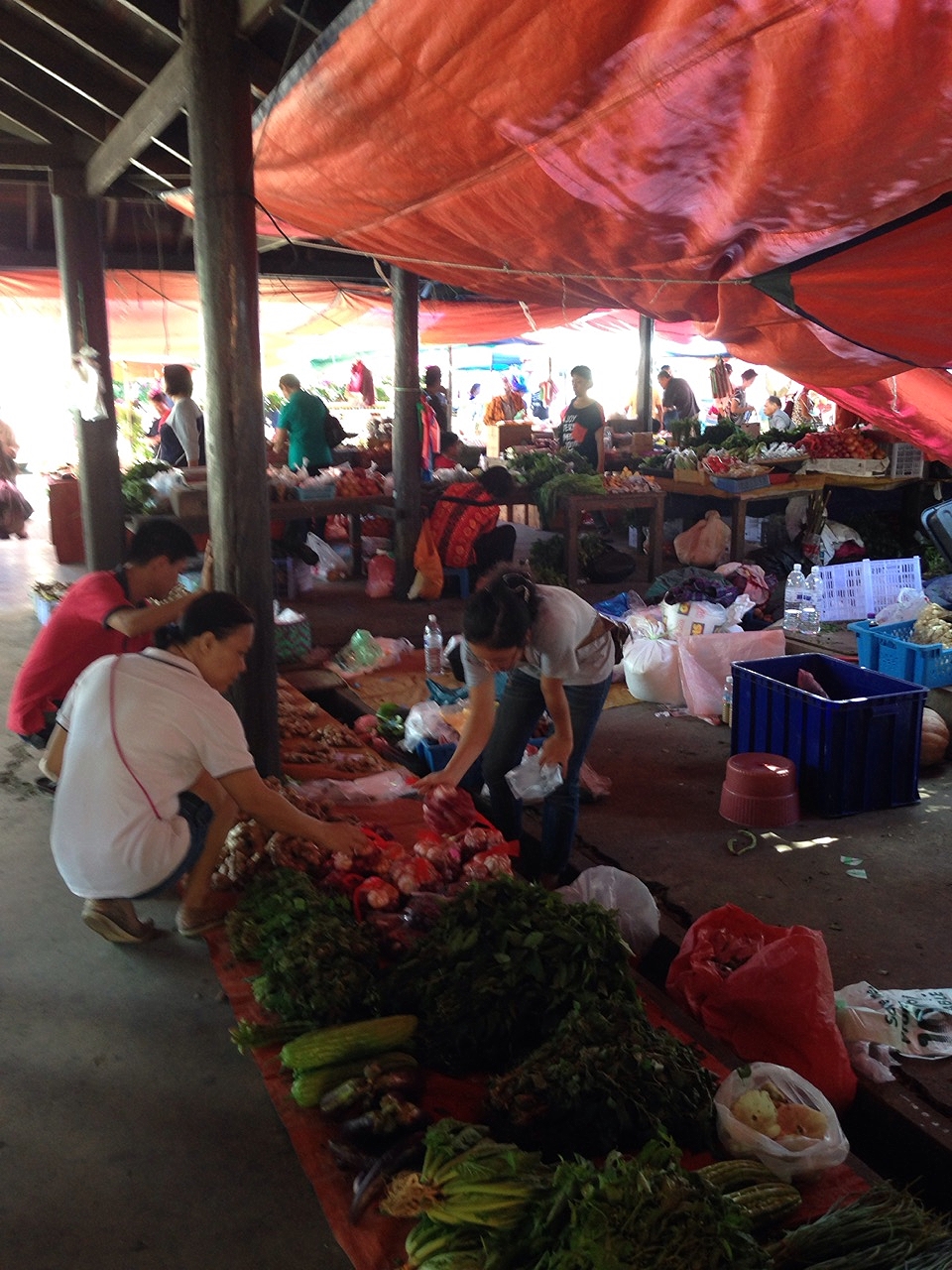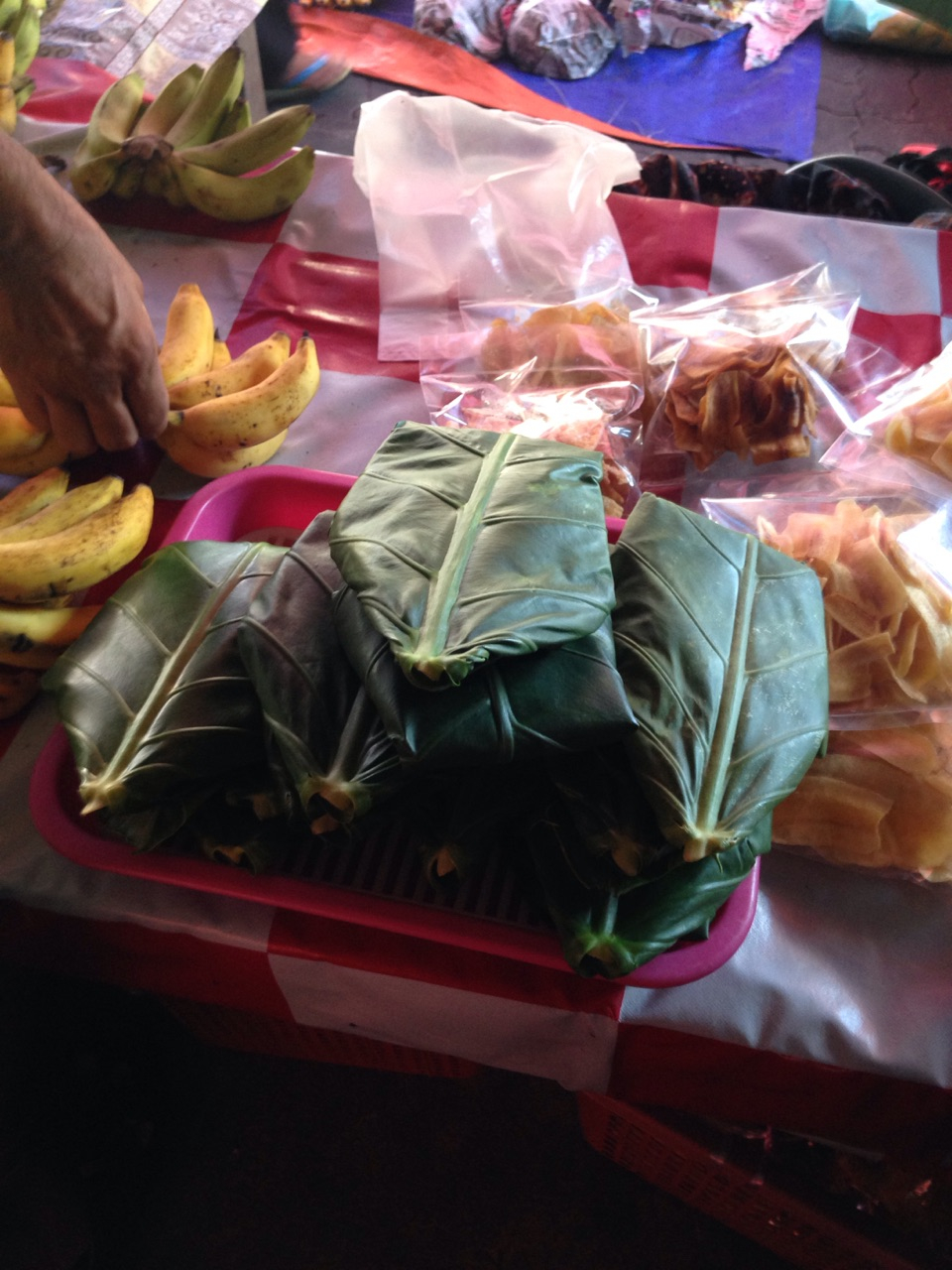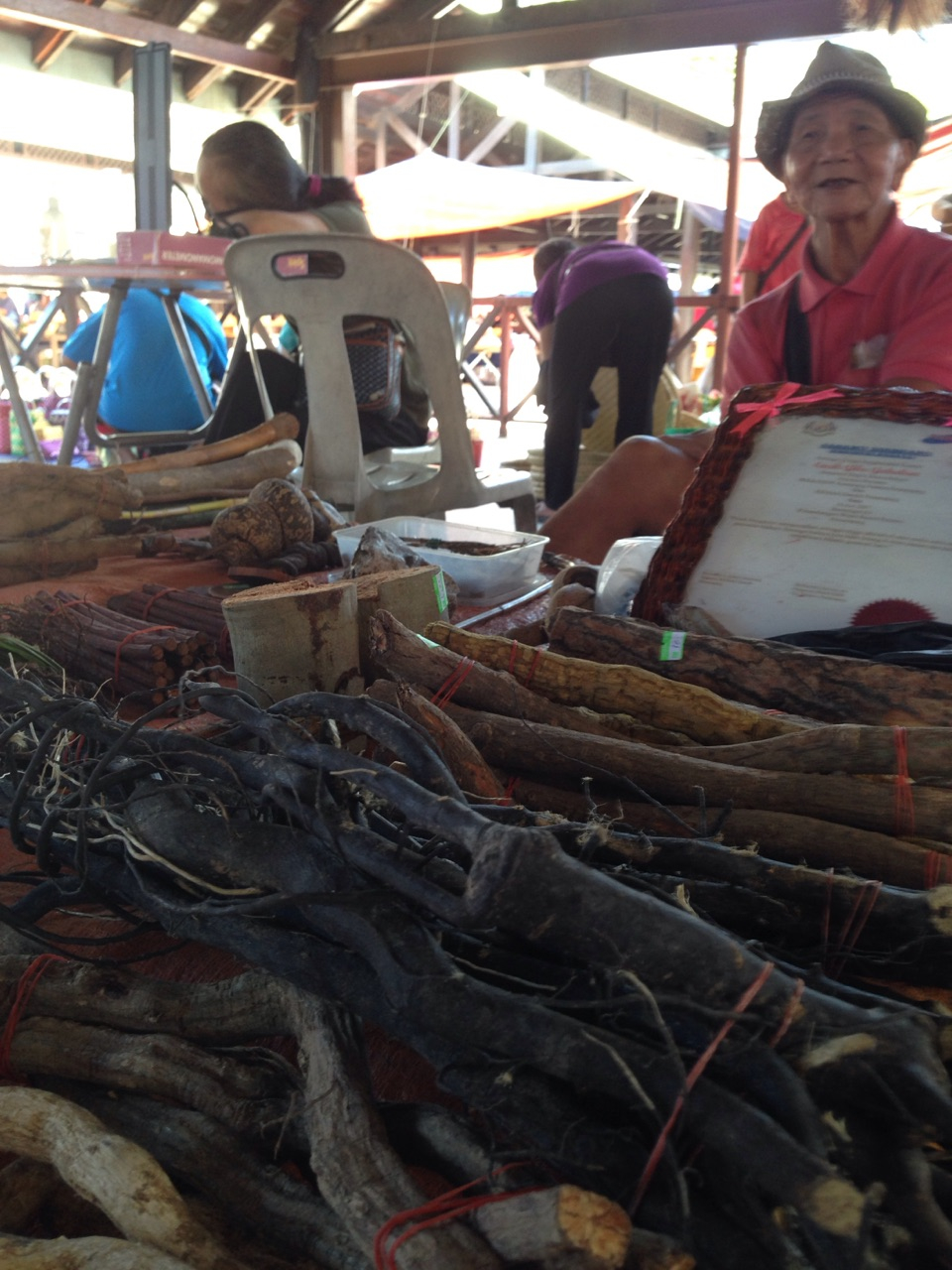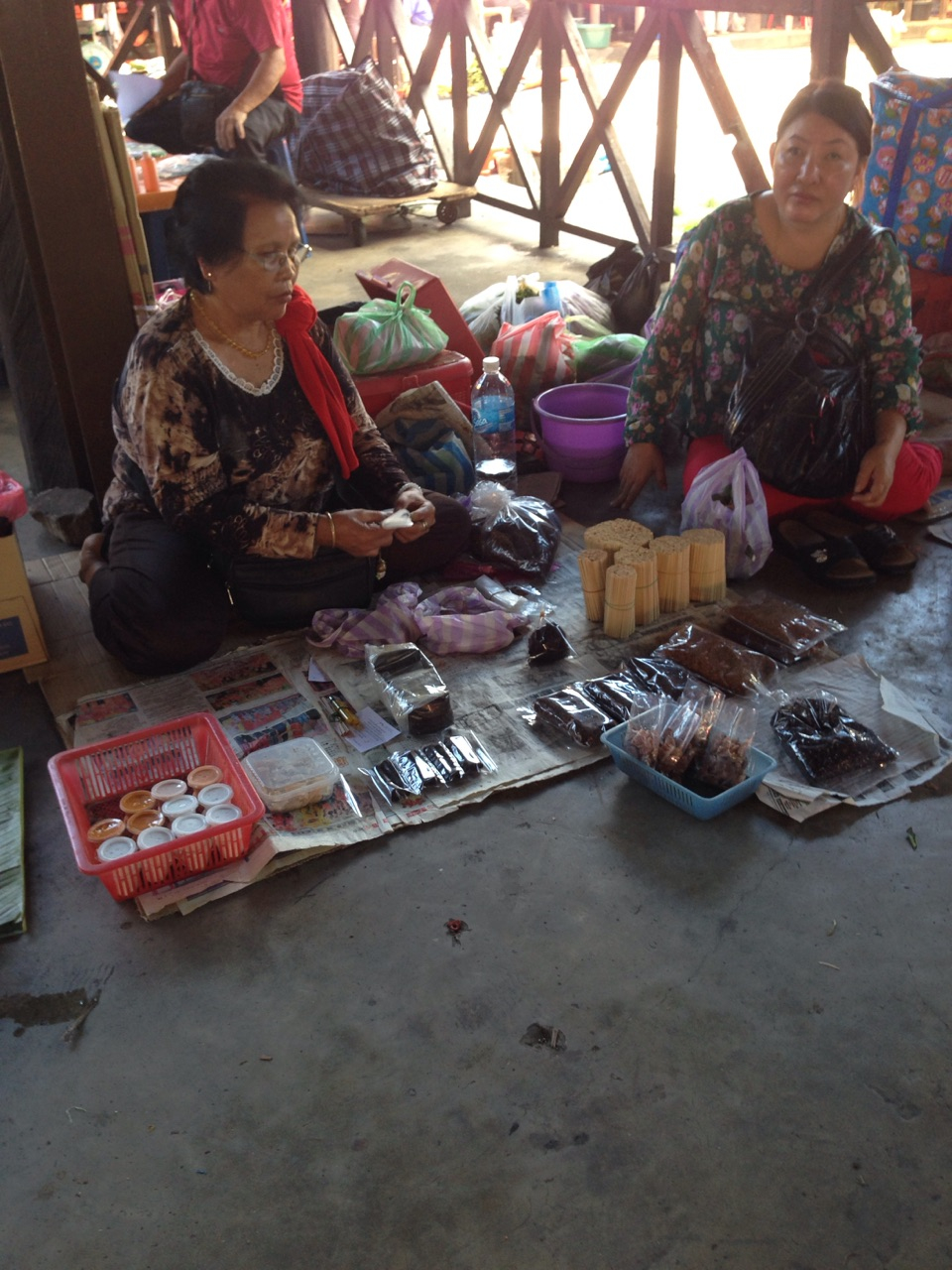Introduction
I grew up with Taoist trance and animistic rituals around me and in the home. Tapping into these memories and retracing my familial and shared cultural lineages has an increasing relevance to my performing artistic practice, especially in how the theatre of energies are played out.
About t h e s u b t l e b e i n g s Arts Project
Shamanistic pre-possession, in-possession and post-possession transitions are vital for performative and compositional dynamics. It affords options to conventional performance modes, explore improvisatory devices within community settings, interrogating and mutating relationships between performer and audience.
The animation of the inanimate, observed in rituals when objects seem to take on a life of their own, is an imagery device I attempt to integrate into the magical realism of my performative style. It deepens my skill in re-imagining entities and archetypes from a cultural, historical and mythological space in performances.
My practice now includes constructing phonic/abstract textures, which includes voice, the performative body and performance improvisation. How does the physical body affect the voice and vice-versa, and how can this relationship be pushed? The research journey includes the observance of shamanic ritual singing as a gateway, revealing powerful models for extending beyond mere performance, ways of creating bodily and vocal sounds.
Animistic rituals are exemplary models where the unification of audience and performer is essential to the entire event taking place. I wish to research options in shifting perceptions of performance events where for instance, the inter-relational dynamics and structures insist on performers and audiences to be ritual assistants from the setting up of space to the unfolding of the performance event.
